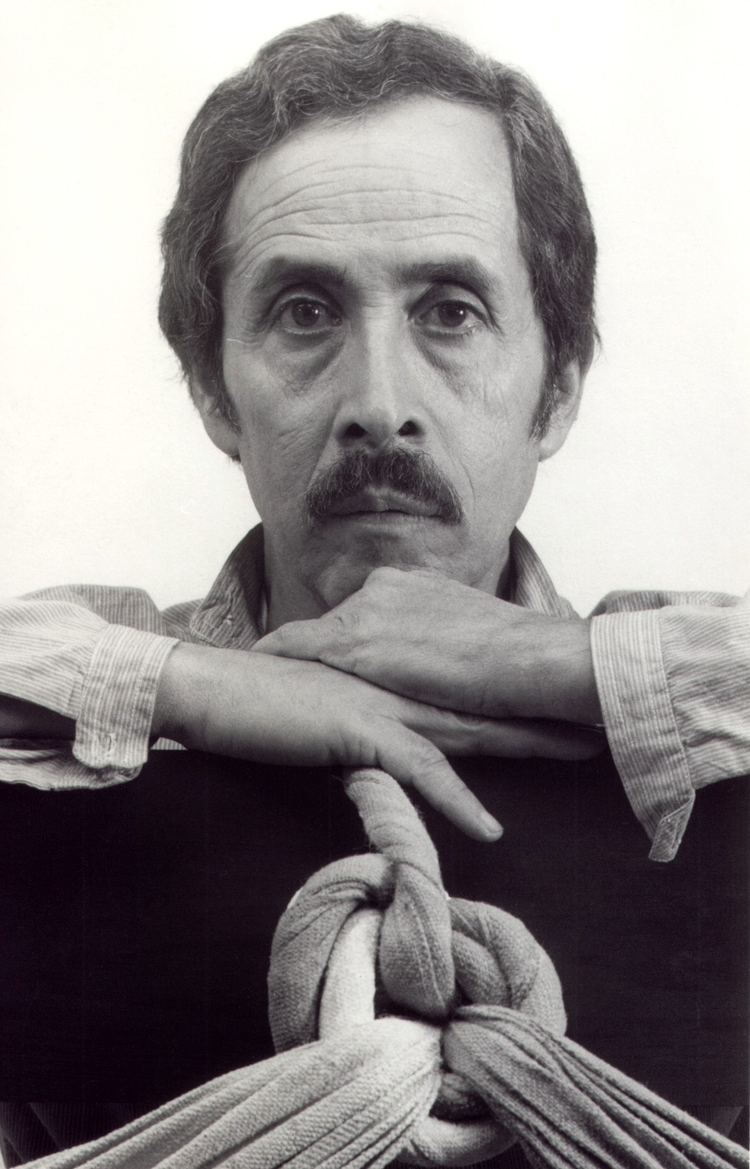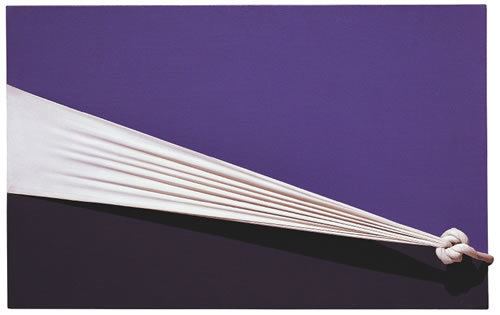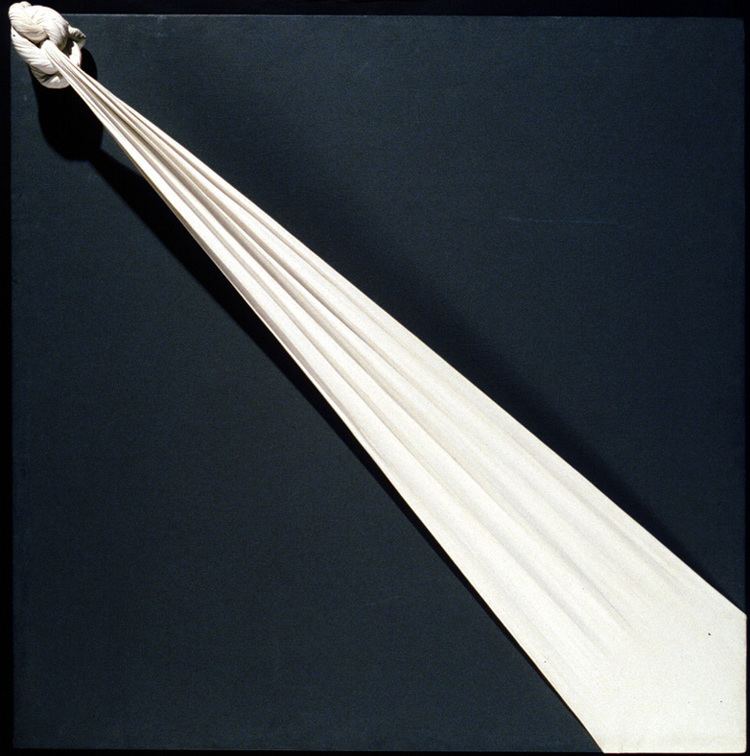Occupation Artist, writer Name Jorge Eielson | Role Artist | |
 | ||
Born April 13, 1924 Lima Died March 8, 2006, Milan, Italy Education National University of San Marcos Books Asymmetries: Anthology of Peruvian Poetry Awards Guggenheim Fellowship for Creative Arts, Latin America & Caribbean | ||
Mostra a Firenze - Jorge Eielson Gesti ancestrali e forme attuali
Jorge Eduardo Eielson (April 13, 1924 – March 8, 2006) was a Peruvian artist and writer. As an artist he is known for his quipus, a reinterpretation of an ancient Andean device, they are considered precursors of conceptual art.
Eielson was born in Lima on April 13, 1924. His father died when he was seven years old so he was raised by his mother. At a young age he developed artistic tendencies: he played the piano, drew copiously and recited poetry. Eielson switched schools several times until at the end of his secondary education he met the anthropologist and writer José María Arguedas who introduced him to the artistic and literary circles of Lima as well as to the knowledge of the ancient civilizations of Peru. Eielson started studies at the National University of San Marcos in 1941. He won the National Poetry Award three years later and the National Drama Award in 1948, when he also held a successful art exhibition at the Lima Gallery .
In the same year, he traveled to Paris under a French government scholarship, in that city he exhibited at the Colette Allendy gallery before traveling to Switzerland thanks to a UNESCO scholarship. In 1951, he travels to Italy for a summer vacation and decides to settle permanently in Rome. During this period he wrote the collection of poems Habitación en Roma and two novels: El cuerpo de Giulia-No and Primera muerte de María. In the late 1950s, he abandoned avant-garde and resorts to using materials such as earth, sand and clay to sculpt in the canvas surface; at first he uses this technique to depict landscapes but gradually moves towards human figures represented through clothing of various kinds. In 1963 he started his first quipu, reinventing this ancient Andean device with fabrics of brilliant colors, knotted and tied on canvas. Eielson's quipus were exhibited in the 1964 Venice Biennale to wide acclaim. In the mid 1970s, he traveled to Peru where he devoted himself to the study of pre-Columbian art; during this period, the Instituto Nacional de Cultura (National Institute of Culture) published most of his poetry under the title Poesía escrita. He received a Guggenheim Fellowship in 1978 for a lecture in New York.

Written works:



